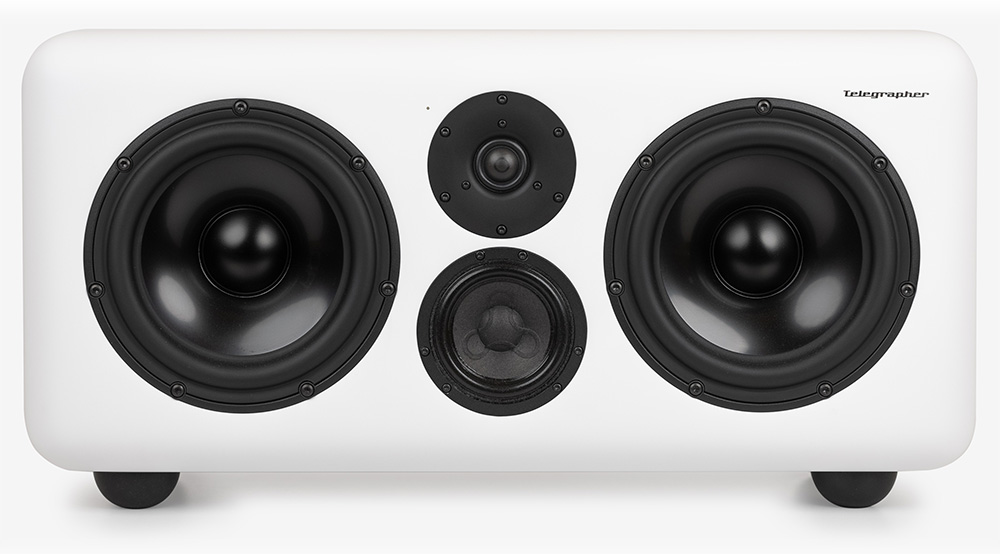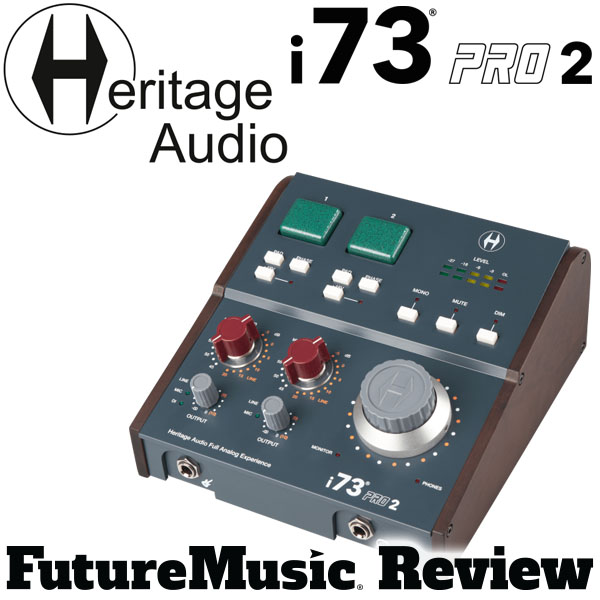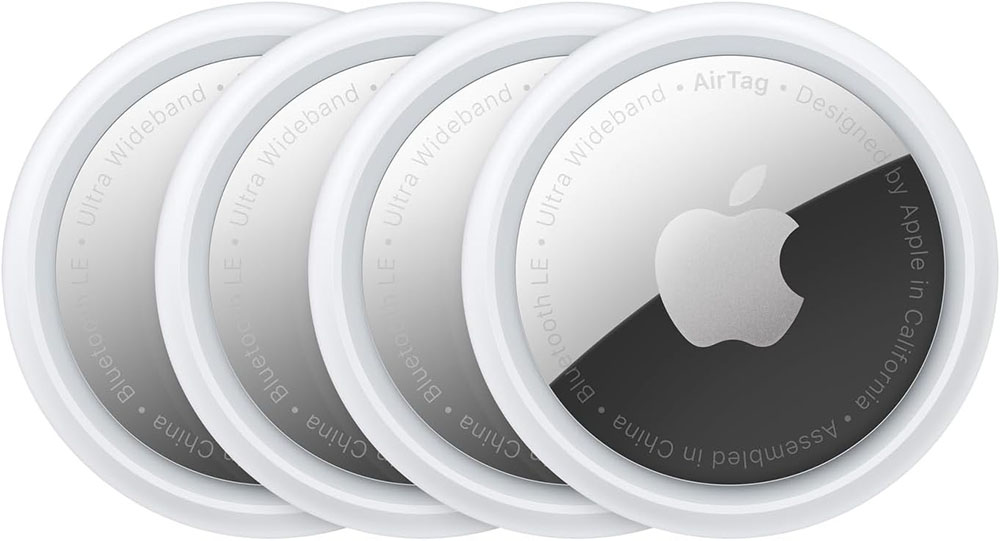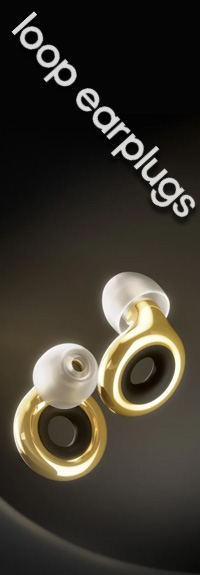Telegrapher Gorilla S Studio Monitors Review
Does the music industry really need another monitoring solution? With hundreds of options currently available at all levels of quality and price points, it’s hard to imagine that a company would stand a chance at gaining traction with studios, engineers and producers. However, Telegrapher, hailing from Istanbul, Turkey, has made a name for themselves in just a few years. We received their Gorilla S studio monitors in for review, and utilized two studios to setup and review the speakers, their comments in quotes below.
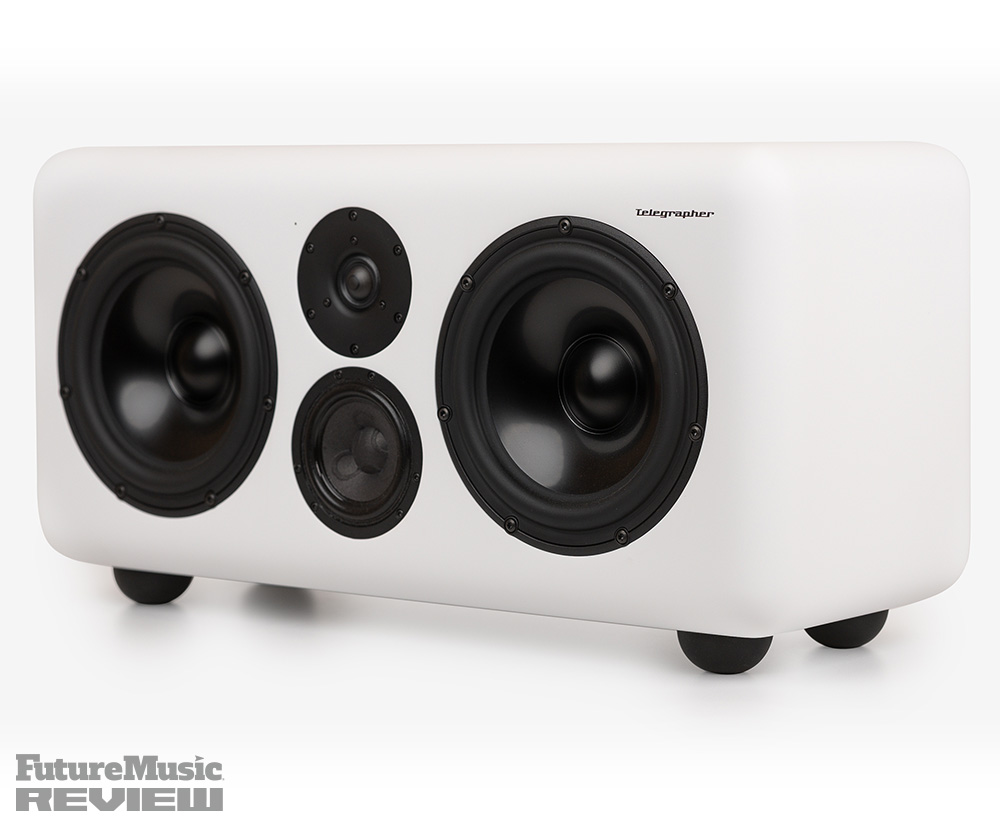

For a limited time only! Up to 80% off all Waves Bundles. PLUS click the banner above or the Go button for an additional 10%! This is Waves best deal yet! Get yours today before this special ends! Go!
The monitors are certainly eye-catching. With intriguing colorways, curved corners and a sensual, matte-finish, the speakers begged to be embraced. That said, you’ll want to make sure that embrace comes when the monitors are on a stand, since these are some of the heaviest monitors we’ve ever tested compared to their dimensions of 32cm Height x 68cm Width x 30cm Depth. The reason? Each Telegrapher employs a thick walled, birch plywood enclosure, three Class D amps and huge magnets.
Each Telegrapher Gorilla S Studio Monitor consists of two woofers, a tweeter and mid-driver.
The rounded corners, slick finish and substantial weight make it difficult for one person to move around and this should be a consideration, especially since they’re made to be mounted horizontally on their decoupling, rubber feet. “These monitors are slipperier than a wet ice cube on a hot summer day,” mentioned on reviewer. We didn’t have enough time with the monitors for a proper pre-fight weigh-in, but trust us, you’ll want to set these up just once. (31kgs / 68 lbs. each, according to Telegrapher —Ed.)
The gorgeous fit and finish comes via Telegrapher’s affable owner, Erce Kaslioglu, who also owns Mata Auto, a concern that supplies premium interior and exterior components to the automotive industry. In fact, the entire Telegrapher line is assembled in one of Mata’s factories, so they have a deep comprehension of how to create a luxury product. In addition, Kaslioglu is readying a suite of recording studios [See interview Below] that is slated to open at the end of 2025.
While the enclosure screams high-end, Telegrapher didn’t skimp on the drivers and amplification. The dualie 8.5″ diameter woofers contain a rigid, anodized aluminum black cone, all-natural rubber roll, a 50mm voice-coil and a mega magnet. The driver technology comes courtesy of Denmark’s Scan-Speak, a pioneer of speaker technology, and utilizes their SD1 Symmetric Drive system of demodulation rings to reduce distortion. The 4.5″ mid-driver, also from Scan-Speak, contains a specialized paper cone, as well as a patented under-mounted motor system designed to reduce distortion from magnetic leakage.
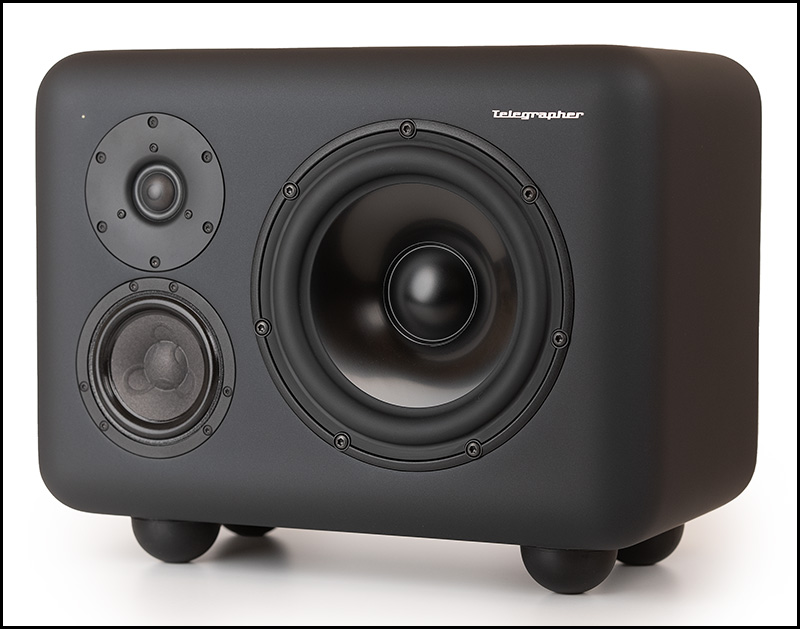
The Gorilla model with a singular woofer
Finally, the tweeter is a 1″ coated textile diaphragm with a neodymium iron boron magnet that incorporates more distortion reducing technology. Noticing a pattern here? Telegrapher hates distortion!
Hypex supplies the three Class-D amplifiers, two with 500w of juice for the bass and mid speakers and one rated at 100w for the tweeter. The crossover frequencies at 280 Hz and 1.8 kHz are prominently displayed on the rear heatsink. Connectivity comes via a XLR balanced input or a RCA unbalanced nobbin. There’s a power switch in the middle and standby switches on the top. Both reviewers activated Standby Mode, since neither wanted to “even think about moving the monitors.” One thing to note, none of the Telegrapher monitors employ DSP for adjusting room acoustics. They prominently promote the True Analog architecture and proudly state that the speakers are electro-acoustically optimized right out of the factory.
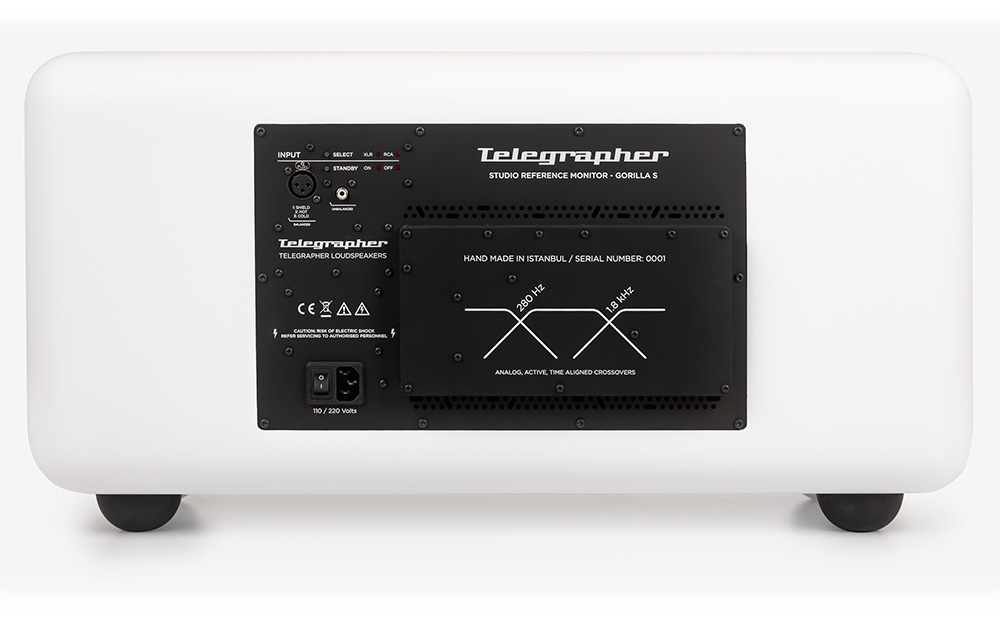
MIDI Designer Is Now Free!
MIDI Designer Pro X is now free to download! MIDI Designer Pro X is a professional-grade MIDI controller platform for iPhone, iPad and Mac. User-contributed layouts let you control everything from Ableton to Yamaha out of the box. Go beyond hardware and express your musical vision. Check out out now!
Dedication To Electro-Acoustics
To further emphasize Telegrapher’s dedication to the electro-acoustics of their monitors, the units are completely enclosed – no bass ports anywhere. Without DSP or even EQ, you’d think that the bass output would be limited, especially since there’s only a small amount of space actually inside the unit. However, that’s where you would be wrong. The dualie woofers push an “astonishing amount of bass” that is “solid” – “defined” – “accurate” and “glorious.” This is coming from a studio with a far-field system that literally can push the hair off your face. For electronic musicians and hip-hop producers, who make their livings off the low end, the Gorilla S monitors could challenge their perception.
Telegrapher named their models after animals, making the names both intuitive and memorable, so that each speaker has an identity, which reflects its character and strengths.
While the rounded corners look amazing, they may actually may assist with reduce acoustic edge diffraction on the higher end of the spectrum. While most of us will never be able to actually hear the effects of a sound wave reaching the edge of the cabinet, causing a pressure drop and creation of a second wave, Telegrapher may have had this in mind when designing the enclosure. What our reviewers did find with the high-end was that it was “detailed without any brittleness.” While some may feel that softer-sounding tweeters can hide distortion, our reviewers found the Gorilla S monitors to be “quite revealing” and “allowed high-hats, reverb tails and synths to be accurately mixed.”

The easiest way for electronic musicians to get their music onto Spotify, Apple Music, iTunes, Amazon Music, Tidal, Instagram, Facebook, TikTok, Pandora, Twitch & much more! Click the banner above or the Go Button to save 7% off of your signup! Go!
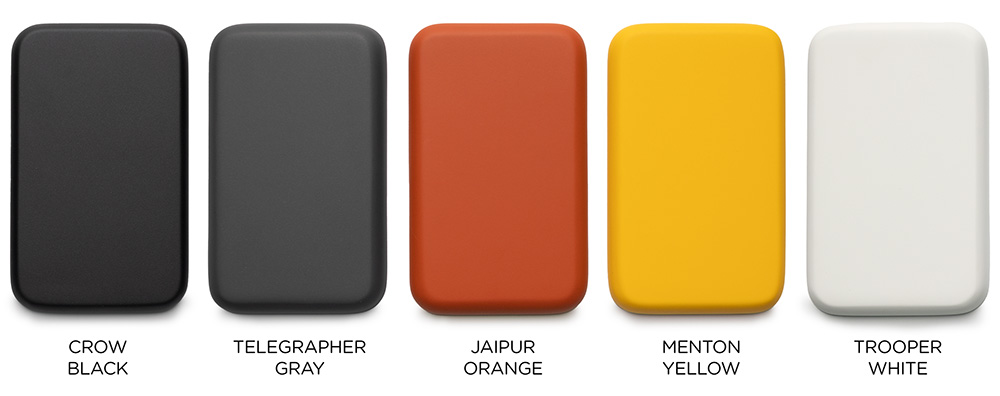
Telegrapher Gorilla S Features & Specifications:
- Frequency Response: 35 – 20 Khz
- f3: 61.5 Hz
- f6: 50.5 Hz
- Number of drivers: 4 (3 way)
- Woofer: 2 x 22 cm / 8.5″ – Rigid Black Anodized Alu Cone
- Mid Driver: 12 cm / 4.5″ – Patented Paper Cone
- Tweeter: 2.5 cm / 1″ – Coated Textile Diaphragm
- Enclosure type: Sealed
- Crossover type: Active, Analog
- Peak SPL: 113 dB (@ 1 meter).
- Amplifiers: 3 per speaker
- Amplifier Type: Class D
- Amplifier Power: 2 x 500 W + 100 W
- Amplifier THD + N: %0.0018 + %0.0016
- Input: Balanced (Analog) XLR or Unbalanced (Analog) RCA
- Heatsink: 2 cm
- Carrying Box: One box per speaker
- Power Rating Max: 1200 Watts
- Power Rating RMS: 480 Watts
- Min Voltage: 110-120 Volts AC +-%10
- Max Voltage: 200-240 Volts AC +-%10
- Voltage Frequency: 47-63 Hz
- AC Connector: 3-pin IEC 250 Volts AC, 10A Male
- Weight: 31 Kgs / 68 lbs. each
- Dimensions: 32 x 68 x 30 cm (HxWxD)
- Stand By: User controllable (On 120 min / Off)
- Five Colors Are Available: Black, Gray, Orange, Yellow & White (see image above)
- Safety: Shutdowns and LED Alerts**
**Amplifiers automatically shut down in response to electrical failures, high-frequency signals, or overheating, denoted by a red LED. A white LED indicates normal operation, and red flashing warns of audio clipping. Continuous clipping triggers a protective shutdown.
Heritage Audio i73 Pro 2 Audio Interface Review
Heritage Audio released their i73 Pro 2 computer audio interface a few months back and we subjected it to a long-term test with six reviewers to provide a balanced, objective and wide-ranging evaluation. The USB-C Two-In / Four-Out audio interface has two built-in Class A transformer-coupled 1073-style preamps and attempts to bridge the gap between vintage and modern in one compact, desktop unit. The Neve-flavored knobs, green stone covered transformers, dank blue, powder-coated chassis and wood side panels provide just enough vintage vibe to be convincing, but does the i73 Pro 2 actually deliver on the sound? Find out!
Our two reviewers had different experiences with the mid-range response. One found it to be great when mixing vocals, both singing and rapping. The other found it to have “irregular dips between 1K – 10K” that required in some “additional attention to get certain elements to sit correctly in the mix.” Without any sort of mechanism to tune the monitors, he “would find it necessary to utilize a second set (of monitors), since there are definitely some frequency suppression.” Most new monitors have a “break-in period,” where you need to learn and adjust to the new environment, and by the end of his time with the Gorilla’s his impressions were more favorable. “I do feel the [Telegrapher Gorilla S] revealed things in the lower midrange that other monitors in our studio didn’t exhibit…I actually wish I had more time with the review units to explore this further.”
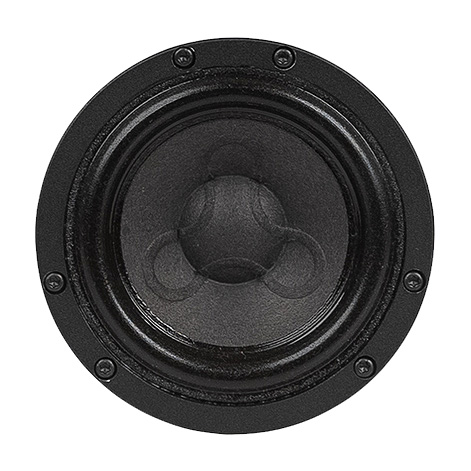
Both reviewers saluted the speakers for their non-fatiguing signature, “even during long periods behind the board.” This is clearly an indiction of Telegrapher’s steadfast mission of combating distortion at every point in the design and manufacturing process.
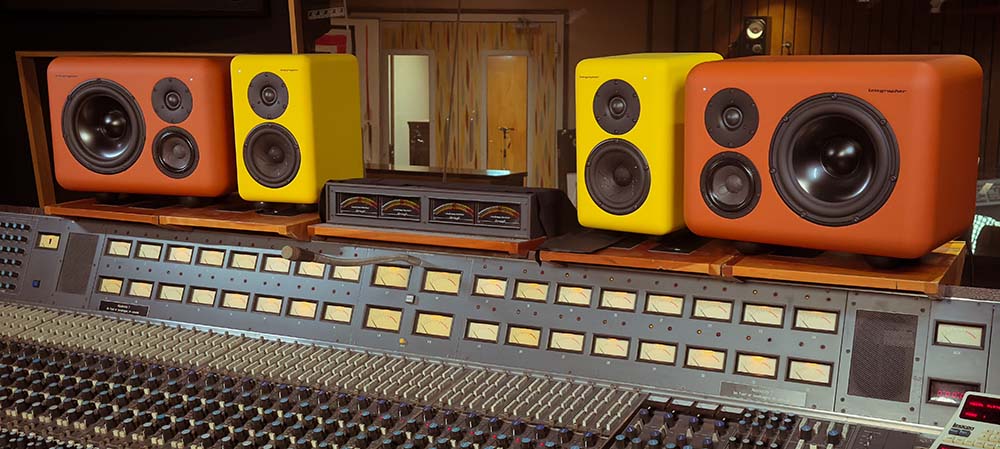
Conclusion
Clearly at this price point, the Telegrapher Gorilla S monitors are not going to appeal to everyone. However, the “everyone” market is not who Telegrapher is targeting. Telegrapher is presenting an option to premium project studios, mid-level recording studios and audiophiles who are equally enamored by the aesthetics and sound quality. Assembling some of the best components from Scan-Speak and Helix in a “super-sexy” enclosure, will certainly get you so far, but Telegrapher was able to also deliver on several other fronts that set it apart. The build-quality is some of the best we’ve ever witnessed, the bass is fluent, full and punchy and the investment in the anti-distortion technology has certainly paid off. For such a young company, Telegrapher has certainly made a name for themselves with the Gorilla S studio monitors. Highly Recommended.
Telegrapher Gorilla S Studio Monitors Review Rating 93%
Cheers:
+ World Class Build Quality
+ Bass Response
+ Low Self Noise
+ Soundstage
+ Low Distortion
+ Color Options
Jeers:
– Weight
– Mounting Options
– Mid-Range Considerations
Telegrapher Gorilla S studio monitors costs $11399 / €11399 (pair) and are available now.

The Future: Considering the amount of effort Telegrapher put forth to eliminate mechanical resonance, there should be a better methodology for incorporating the decoupling feet. This can be accomplished with a sophisticated way to mount the feet, and/or coming out with their own pair of stands. (They’re working on it – read the interview below. —Ed.)
Telegrapher’s other challenge is getting the word out and allowing potential users to hear their monitors for themselves. Certainly, celebrity endorsements, such as Deadmau5 help, as well as trotting them out at trade shows, but like other high-end monitor brands, their offerings need to be heard. They sell themselves.

Future Music: What was the impetus for developing your own line of premium studio monitors?
Erce Kaslioglu: The driving force behind developing our own line of premium studio monitors stems from a deep-rooted passion for music and precision engineering shared by Telegrapher’s co-founders, Emre Telci and Erce Kaslioglu. With Emre’s background in acoustics, mainly focussing on sound reproduction and acoustics design, while Erce stemming from a musical background and also an avid guitarist, their coming together in high-end manufacturing and production that was vital in the craftsmanship and build quality in Telegrapher’s range of speakers.
Bringing together expertise in acoustics, industrial design, and precision manufacturing, the focus has always been on creating monitors that are both technically precise, thoughtfully designed and undeniably beautiful. By combining engineering knowledge, high-quality materials and skillful craftsmanship, Telegrapher developed a speaker line that reflects their approach in practical, well-built cabinets, precision drivers which leads to uncompromising end results in both sound and design.
Future Music: Aside from assembly in the Mata factory, in what ways did your auto component concern contribute to the design process?
Erce Kaslioglu: The craftsmanship and attention to detail have been the core DNA traits for Mata, Telegrapher’s parent company which manufactures high-end automotive trimmings and carbon fiber components. This naturally extended to Telegrapher in several ways. As an example, the painting process that Telegrapher employs benefits directly from Mata’s experience, ensuring that our monitors not only have a visually stunning finish, but also a smooth, silky texture that enhances their premium feel. The same level of refinement and quality control that goes into luxury automotive components is applied to Telegrapher’s speaker enclosures.
Additionally, the R&D processes leverage Mata’s deep knowledge in material sciences. This includes extensive testing on how factors like moisture, temperature fluctuations, and environmental conditions affect both wooden speaker cabinets and electronic components. This ensures that the monitors remain durable, stable, and acoustically reliable over time, even in varying studio environments. Beyond materials and aesthetics, Mata’s expertise in precision manufacturing has influenced Telegrapher’s production process, maintaining strict quality control standards, precise tolerances, and consistency across every unit, ensuring that the speakers meet the same high expectations as the luxury automotive parts produced by Mata.
Future Music: What was your biggest challenge when developing your monitors?
Erce Kaslioglu: The biggest challenge was achieving a balance between accuracy and a warm, musical, encapsulating sound. These qualities that are often difficult to combine. Typically, a speaker is designed for one or the other: either a highly analytical tool for professional work or a more musical-sounding speaker that prioritizes the enjoyment of the music listener.
Telegrapher wanted their monitors to serve both purposes. They needed to be precise enough for critical studio work while also having a natural warmth that makes them musically enjoyable while they are in-use. This way, they could function as both a reliable studio tool and a great speaker for music. Achieving this balance while maintaining a fully analog signal path was one of the most challenging aspects of the design. Every part of the system which included driver customization, crossover design, and cabinet construction, had to be carefully considered to ensure the right combination of accuracy and musicality.
Future Music: Considering the weight of your monitors, have you considered selling specialized stands?
Erce Kaslioglu: Our R&D team is currently developing both solid, fixed stands for stability and motorized systems that offer adjustable height positioning. The goal is to create stands that not only provide the right height and isolation but also complement the speakers in terms of design and performance.
Future Music: From our brief discussion, you informed me that you’re opening up your own commercial recording studio in Turkey. Can you provide us with more details?
Erce Kaslioglu: We are building a world-class recording studio on the Island of Cunda which is on North Aegean Sea, just off the coast of Turkey. It is called PÜR Cunda. The complex will house, five Studios, twelve luxury hotel rooms, a signature restaurant, its own beach club, pool, gym, cinema and many other amenities for our clients and guests.
Of the five studios, the first one has a great hall and a large control room designed with flexibility in mind. It will be able to host decent-size classical orchestra. The main studios is fitted with a custom built renovated SSL 4000 G+, A concert grand Fazioli 278 piano, two amazing-sounding physical reverb chambers and a motorized moving ceiling system that changes the volume, space, reflection character and reverberation response of the recording space. The planned opening for PÜR Cunda is September 2025.
Future Music: Wow, that sounds incredible! So what’s next for Telegrapher monitors?
Erce Kaslioglu: Currently we are designing a full-on, no compromise, carbon fiber constructed Fox, designed primarily for Front of House (FOH) applications. FOH engineers need reference speakers that are lightweight, durable, and easy to transport, without compromising on accuracy and power. Using carbon fiber will make the Fox both resistant to wear and tear as well as significantly lighter than the standard model, making it more practical for frequent setup and teardown in live environments.
For the development of the Carbon Fox, we’ve been collaborating with Marc Carolan, the renowned live sound and studio engineer known for his work with Muse, Snow Patrol and other major touring artists. With years of experience managing large-scale live productions, Marc understands the unique challenges of FOH sound reinforcement. His insights and feedback have been instrumental in refining the design of the carbon fiber Fox, ensuring it meets the real-world demands of professional touring engineers.
By integrating Marc’s expertise, the Carbon Fibre Fox will be a lighter, more durable option for FOH engineers who require reliable reference monitoring in high-pressure, demanding environments.
Future Music: Thank you so much for taking the time to speak to us Erce. All the best on your ongoing endeavors!

